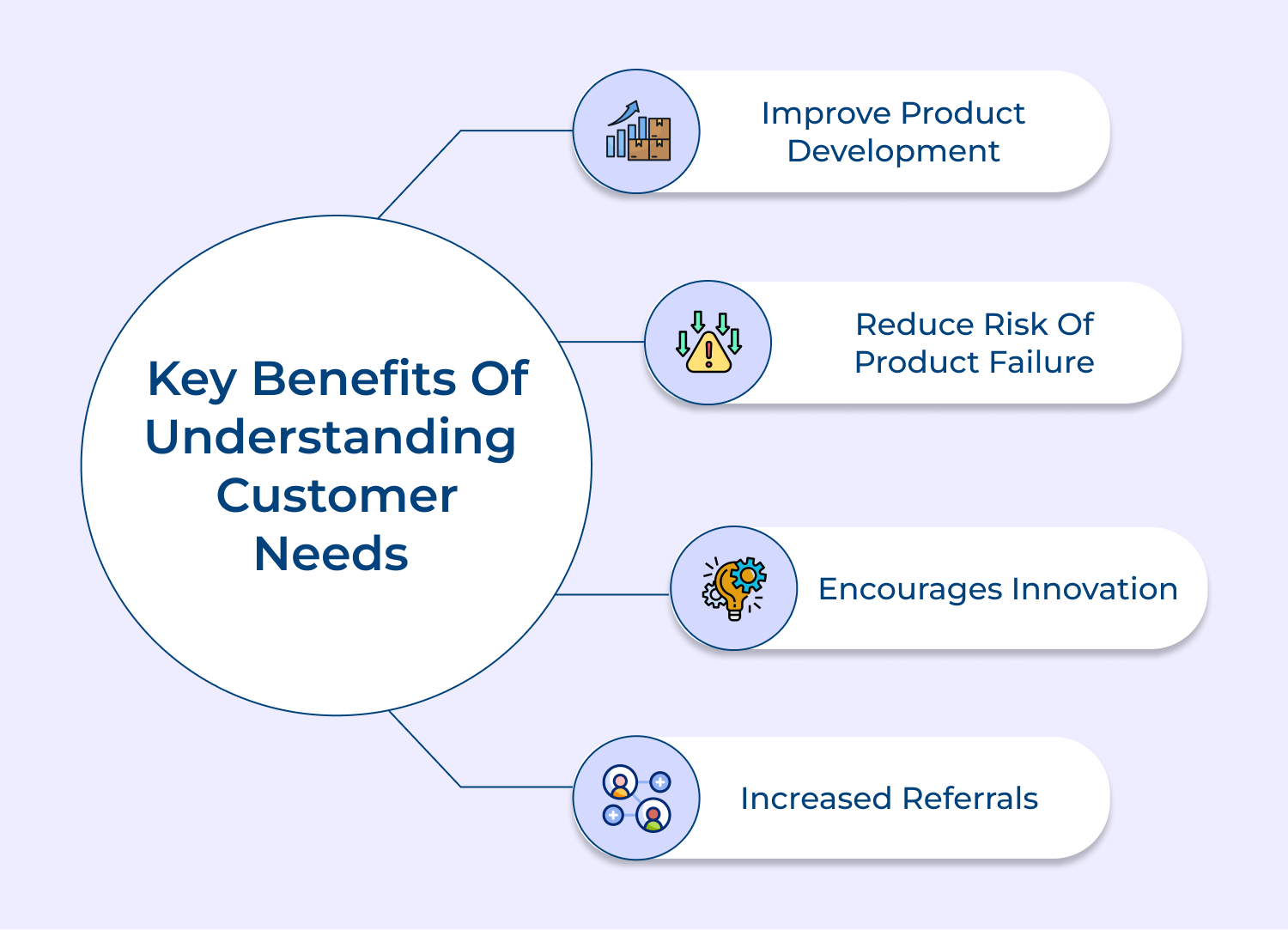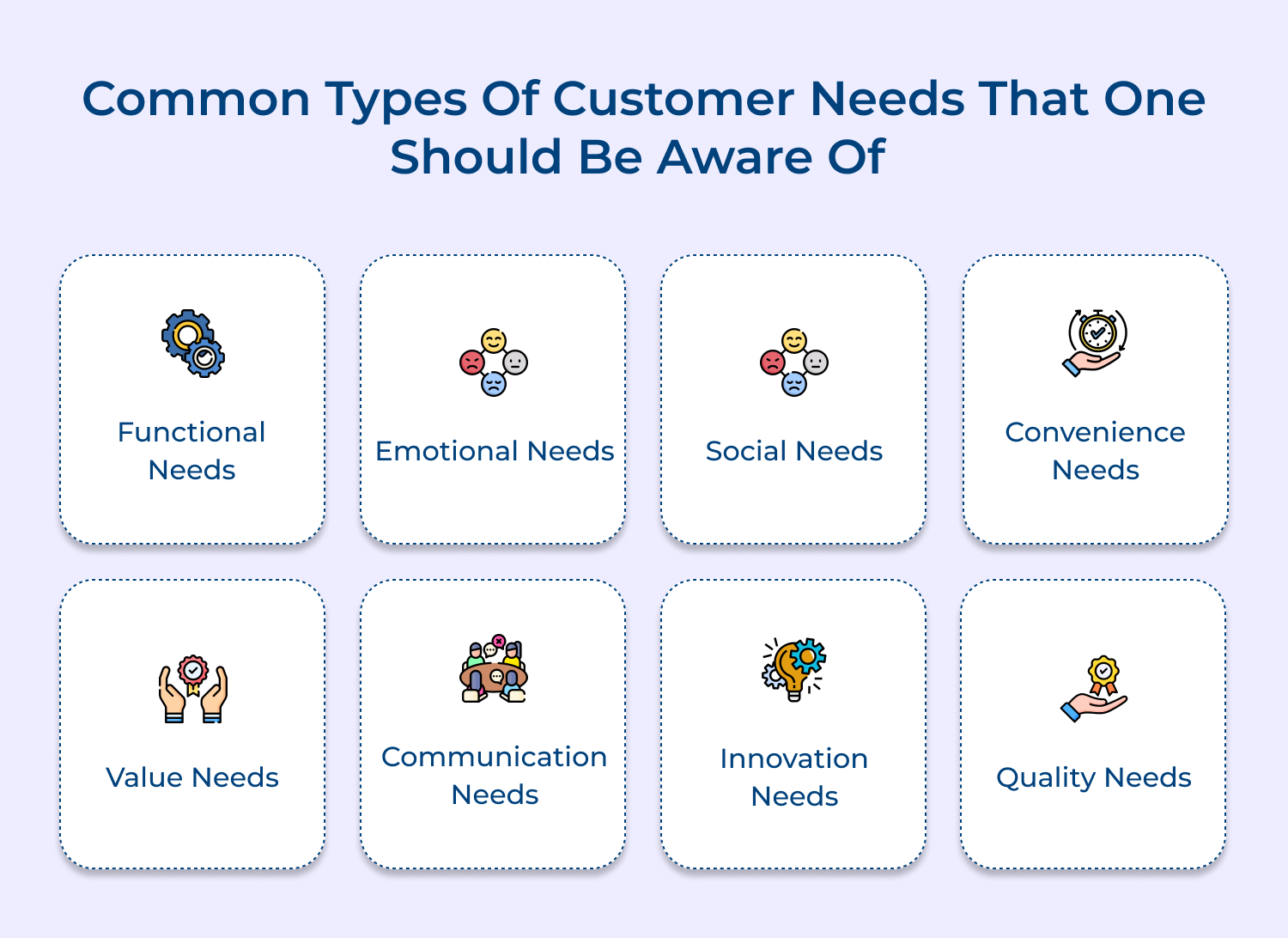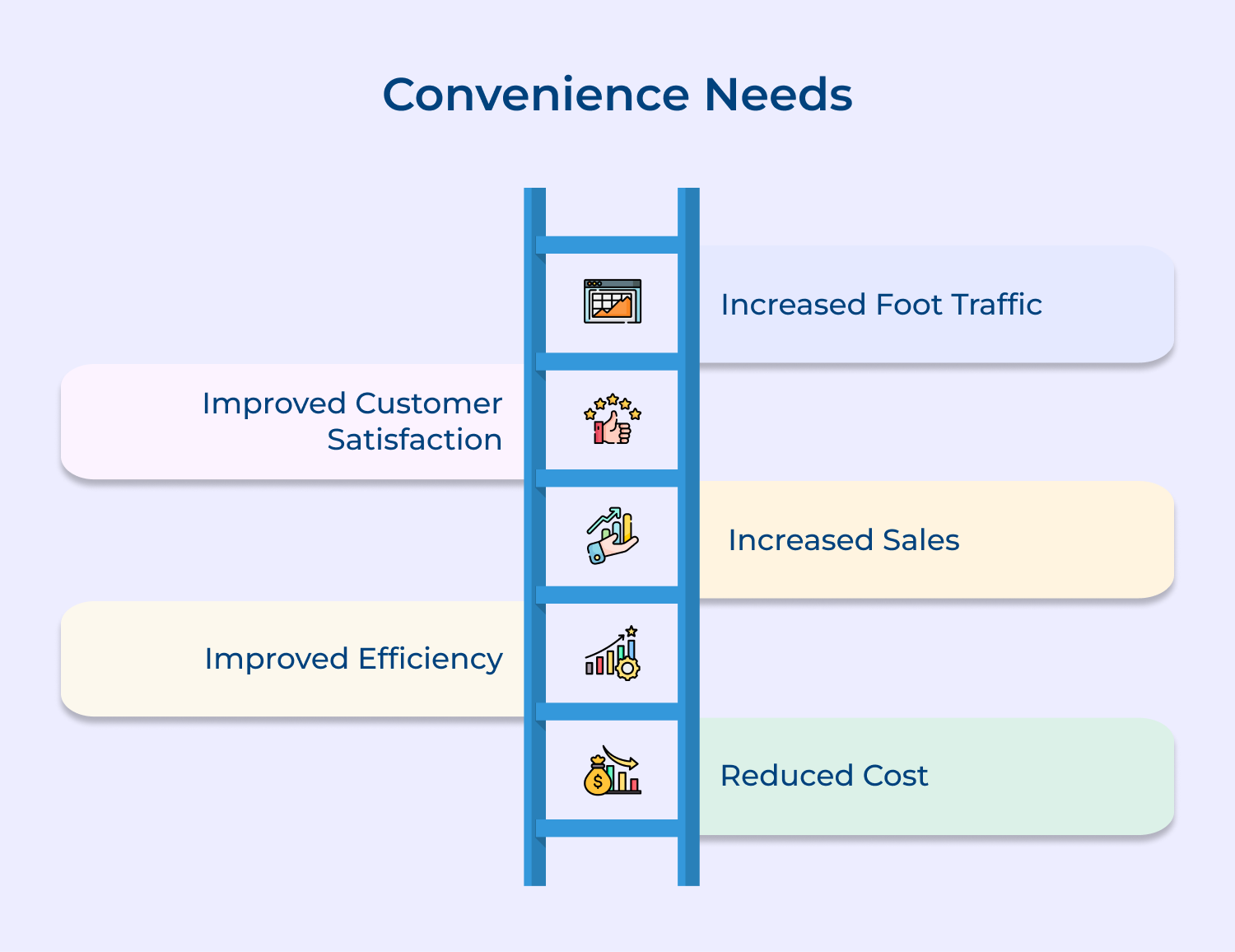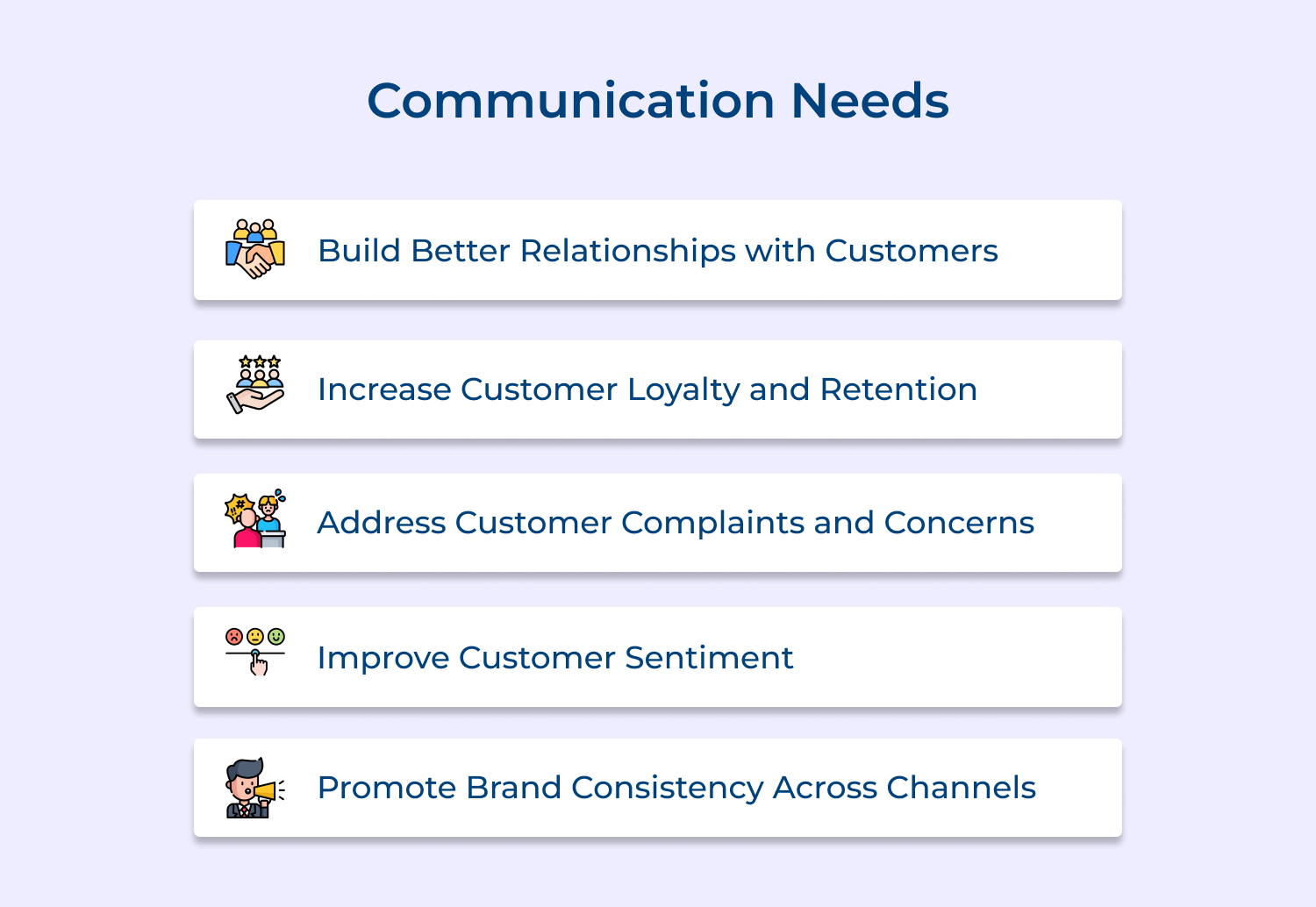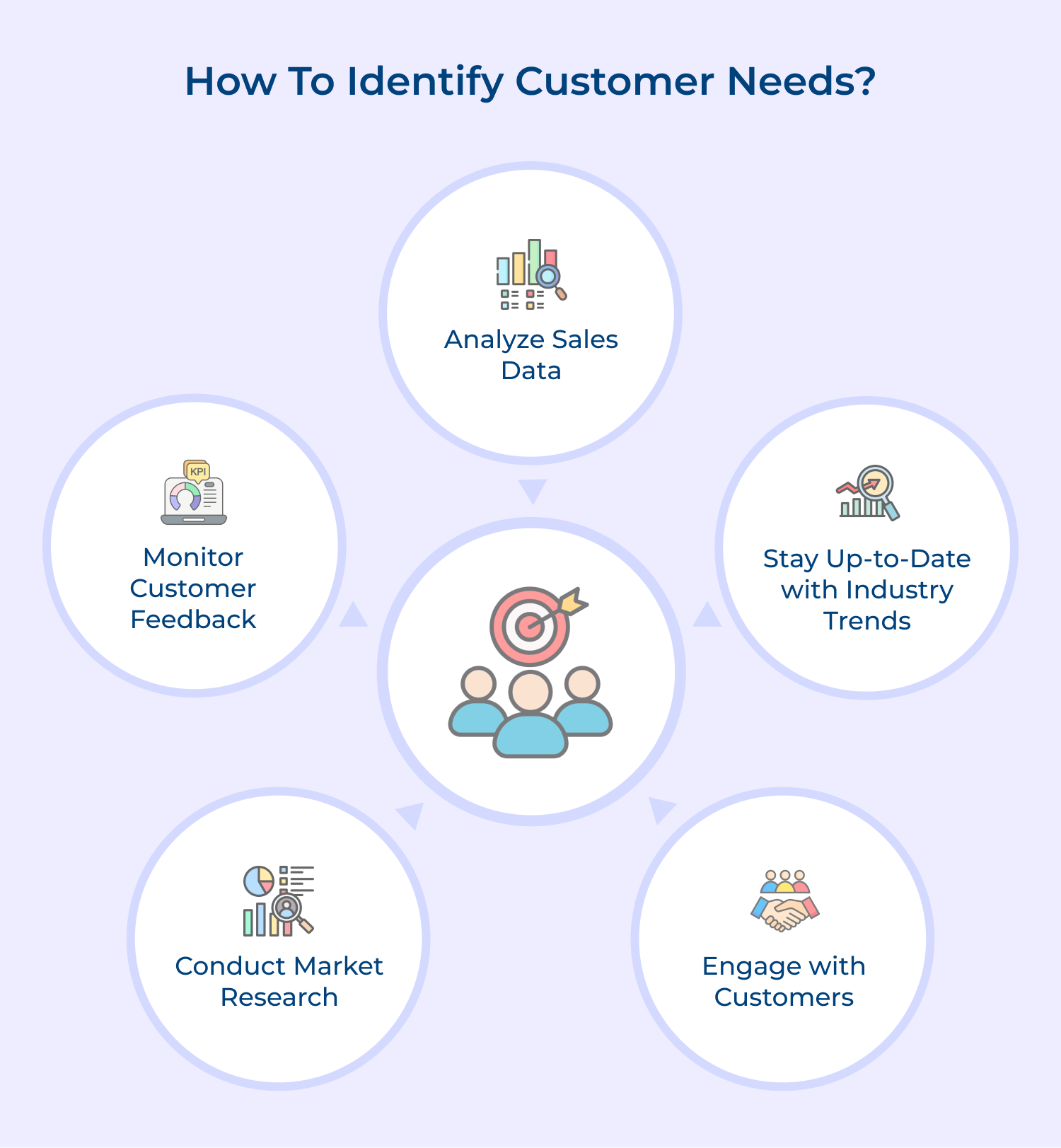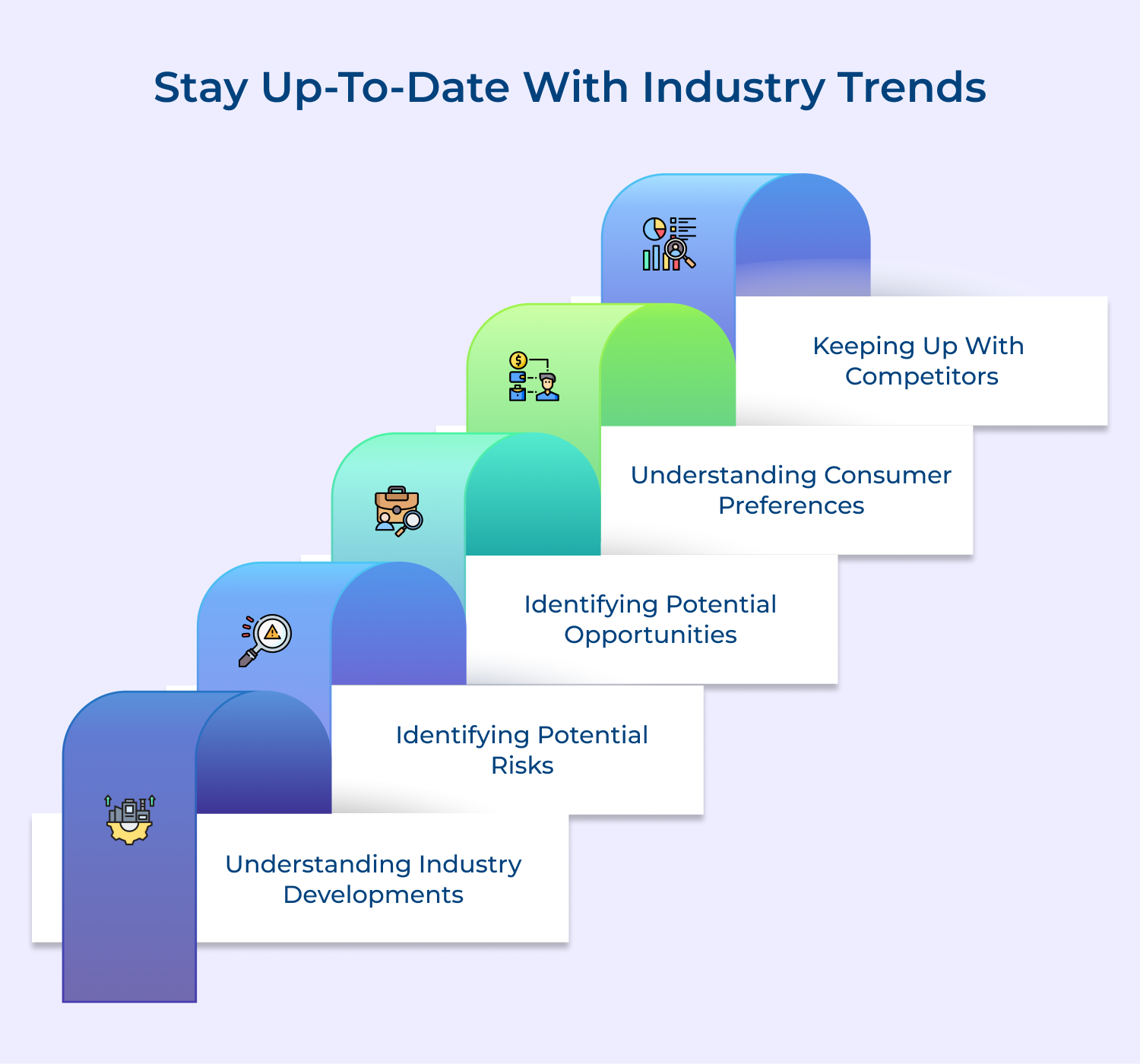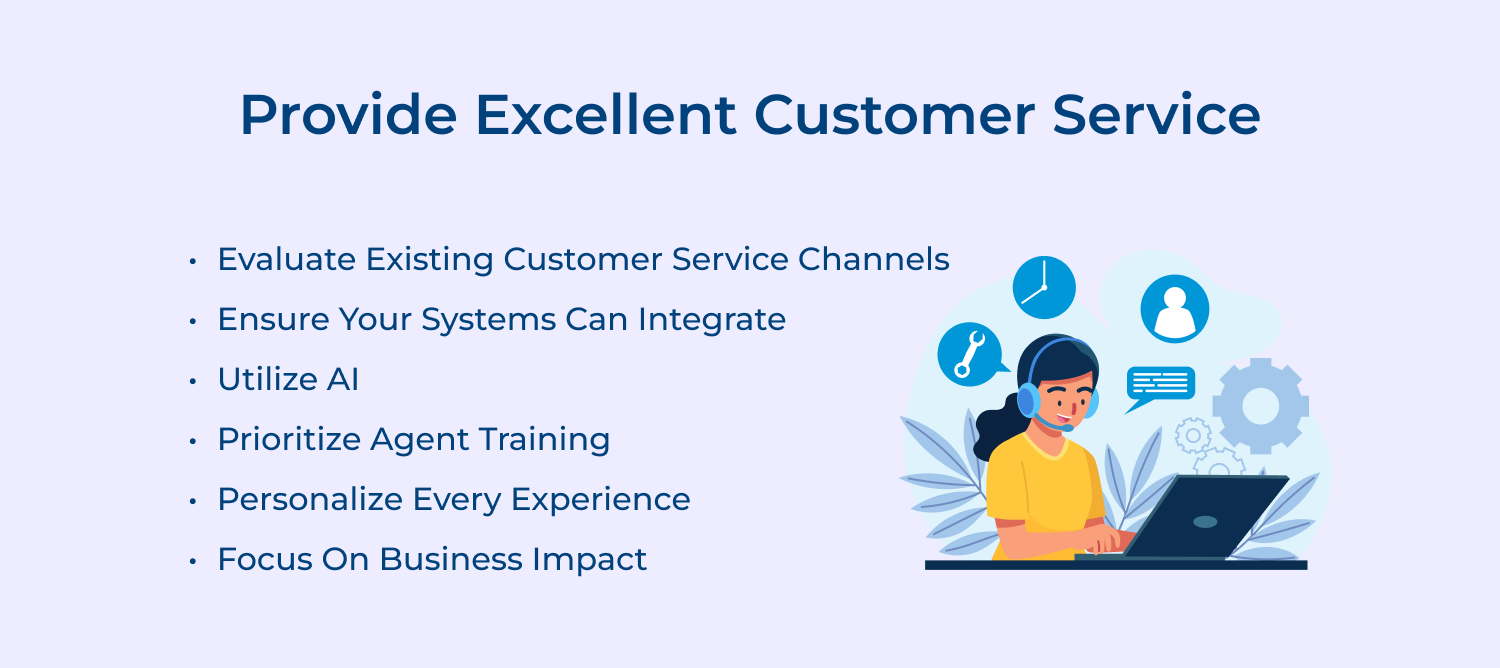Good customer service is key to meeting your customers’ needs. Ensure that your customer service team is well-trained and equipped to handle any inquiries or issues that may arise. Be responsive to customer complaints and strive to resolve them in a timely and satisfactory manner.
4. Offer Quality Products and Services
The most important way to meet your customers’ needs is to offer high-quality products and services. Invest in product development & innovation to stay ahead of the competition and consistently deliver value to your customers.
5. Be Transparent and Honest
Building trust with your customers is crucial for meeting their needs. Be transparent in your business practices, pricing and communication. Customers appreciate honesty, and are more likely to repeat business with a company they trust.
6. Stay Competitive
Keep an eye on industry trends and your competitors to stay competitive in the market. Offer promotions, discounts or incentives to attract and retain customers. Stay ahead of the curve by constantly improving your products and services to meet changing customer needs.
Real Life Examples of Customer Need
Truly understanding what your customers want and need can tailor your products as well as services to meet those needs and ultimately drive customer satisfaction and loyalty.
Amazon
Amazon is a prime example of a company that understands and anticipates customer needs. Through their vast data collection and analysis, Amazon can recommend products that customers might be interested in based on their previous purchases or browsing history. They also offer fast shipping options, easy returns and excellent customer service, all of which cater to the preferences of their customers.
Apple
Apple is known for its sleek designs and user-friendly interfaces, but what really sets them apart is their focus on meeting customer needs. Continuously innovating new products that address the changing needs of consumers, such as the iPhone, iPad and Apple Watch, Apple has secured a loyal customer base that values quality, functionality, and aesthetics.
Netflix
Netflix revolutionized the entertainment industry by catering to the evolving needs of viewers who prefer to consume content on-demand. Offering a vast library of TV shows, movies and original content that can be accessed anytime, anywhere, Netflix has become a go-to source of entertainment for millions of subscribers worldwide.
Starbucks
Starbucks is another great example of a company that understands customer needs. With a focus on providing a welcoming environment, high-quality coffee drinks, and personalized service, Starbucks has created a loyal following of customers who appreciate the overall experience of visiting a Starbucks store, not just the products they offer.
Tesla
Tesla is a leader in the electric vehicle market, largely due to their focus on meeting the needs of environmentally-conscious consumers who value sustainability and cutting-edge technology. Offering high-performance electric cars with long-range capabilities and an extensive network of charging stations, Tesla has captured a niche market of customers who prioritize eco-friendly transportation options.
Address Customer’s Needs to Boost your Customer Retention
Addressing customer needs is crucial for boosting customer retention. Understanding meeting the needs and expectations of your customer not only improves their satisfaction but also builds loyalty and trust. It leads to repeat business, positive word of mouth and ultimately, increased revenue for your company.
While it is important to consistently communicate with customers and gather feedback it is also vital to make necessary adjustments to ensure that their needs are being met. Putting your customers first and prioritizing their needs can create long-lasting relationships that benefit both parties in the long run. Remember, happy customers are loyal customers.

